

Whale Factory
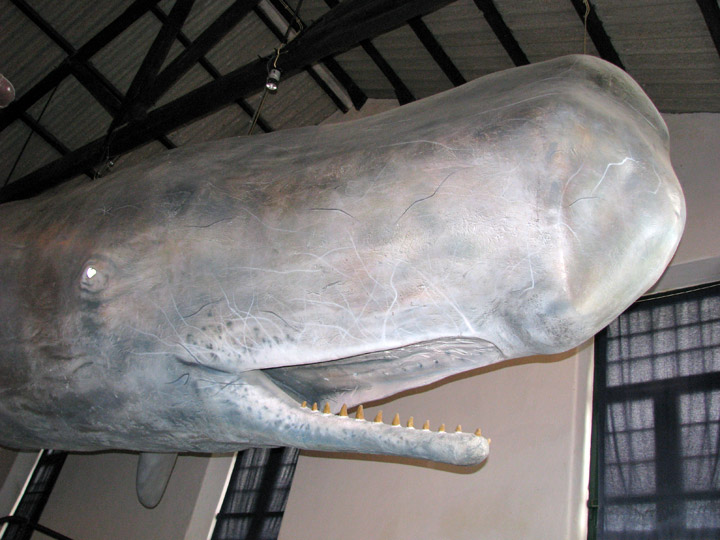
model of the sperm whale from which oil was extracted
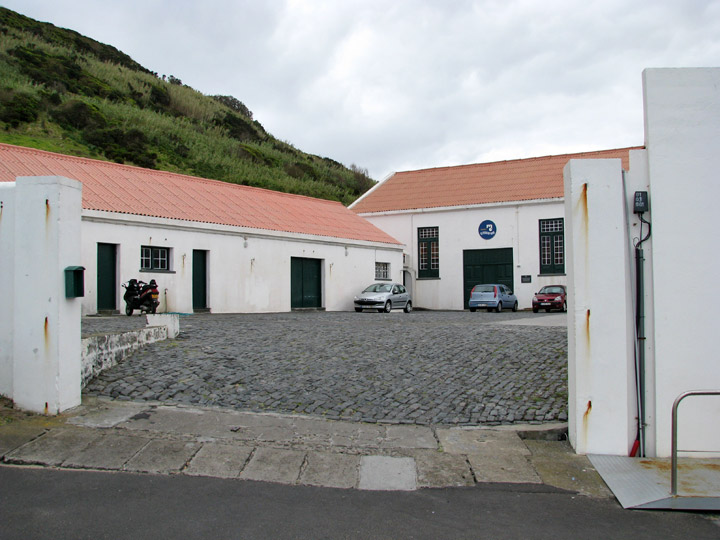
the factory
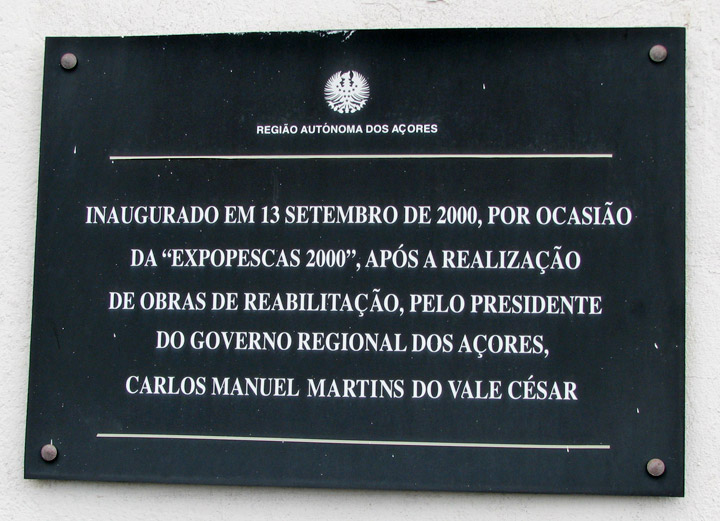
The uses of whales have varied since whaling began. In the beginning whales were hunted largely for food. From the 1100s, in addition to meat, whale oil was used for lighting and in the manufacture of wool, leather, and soap. The oil was obtained by cooking, or rendering, whale blubber, the fatty layer below the skin. The skeleton was used for building and decoration. By the 1600s the primary whale products were oil and whalebone. Whalebone was not bone but baleen plates derived from whales belonging to the suborder Mysticeti, or baleen whales, the type of whale that was primarily hunted at that time. Baleen’s flexibility made it useful in a variety of commercial products, including umbrella spokes, bustles, bodices, collars, ruffs, and hoop skirts. But once the manufacture of steel stays for corsets and other products came into fashion, the baleen industry declined.
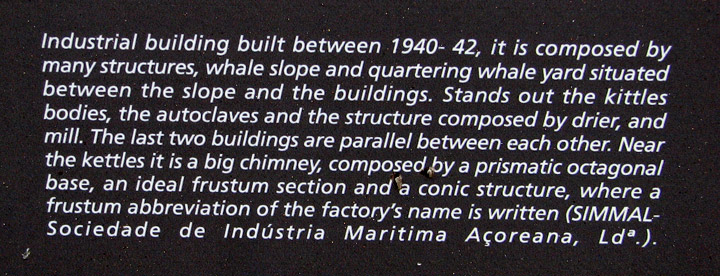
In the 1700s large-scale hunting of sperm whales began. Sperm whale oil was
considered of a higher quality than oil obtained from baleen whales and was of
particular importance as a lubricant until the 1970s. In addition, spermaceti, a
thick liquid from the head of sperm whales, was used to make high quality,
smokeless and odorless candles. Ambergris, a substance formed only in the
intestines of sperm whales, was extremely valuable and was used in the
production of perfumes. The general use of whale oil for lighting began to
decline in the mid-1800s after a new method became available that distilled
kerosene from petroleum.
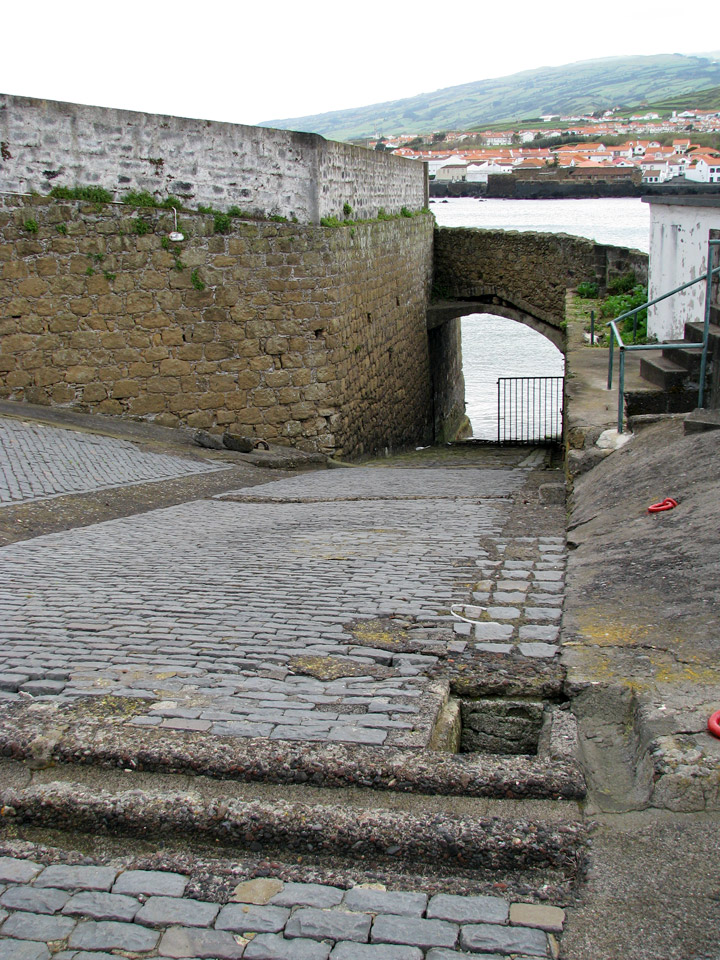
slope where whale was drug in from the water
The whaling industry experienced a revival at the turn of the 20th century when the process of hydrogenation made it possible to process whale oil into soap and margarine. Whales were used to make these products as well as lubricants, cosmetics, and animal feeds.
Text from Microsoft Encarta
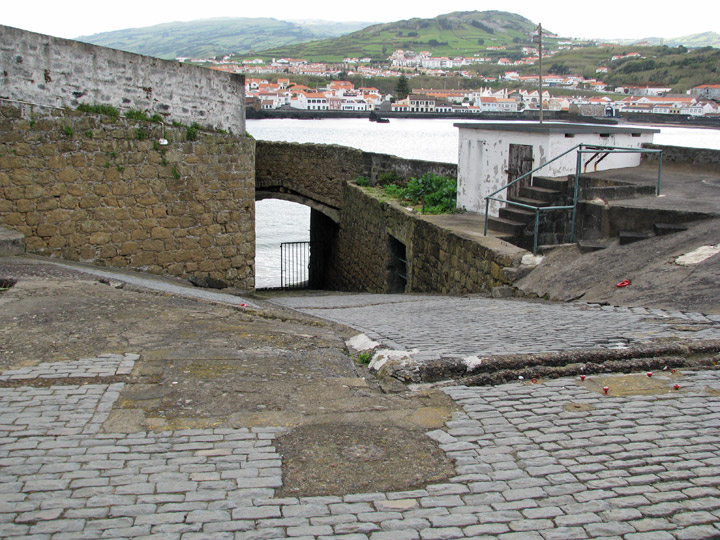
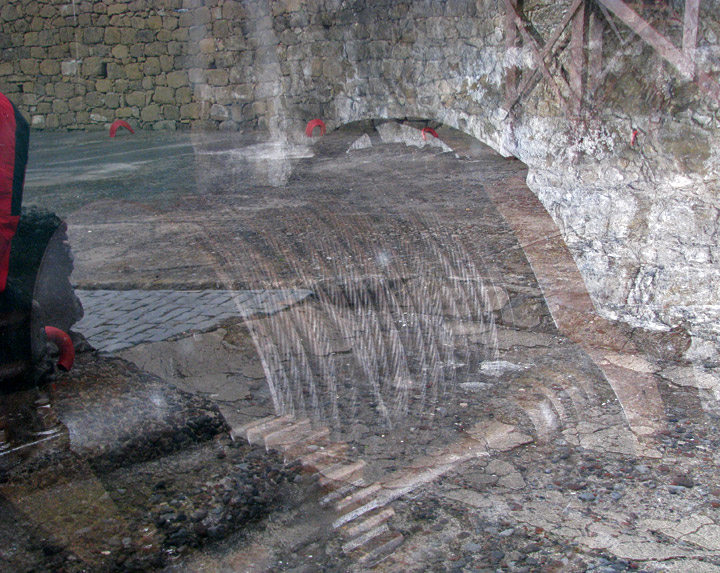
the cable which was used to bring the whale up the slope
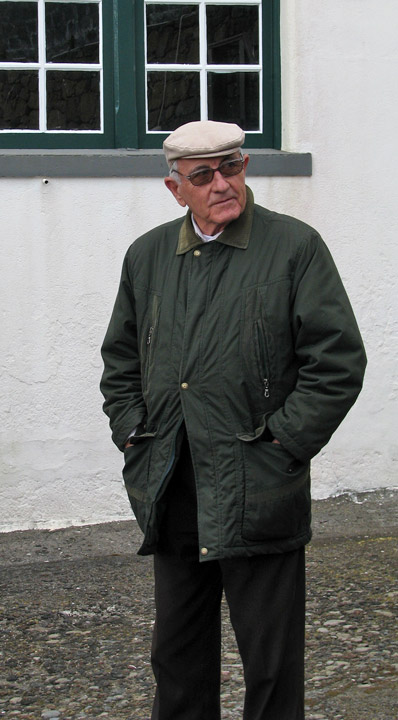
describes the process
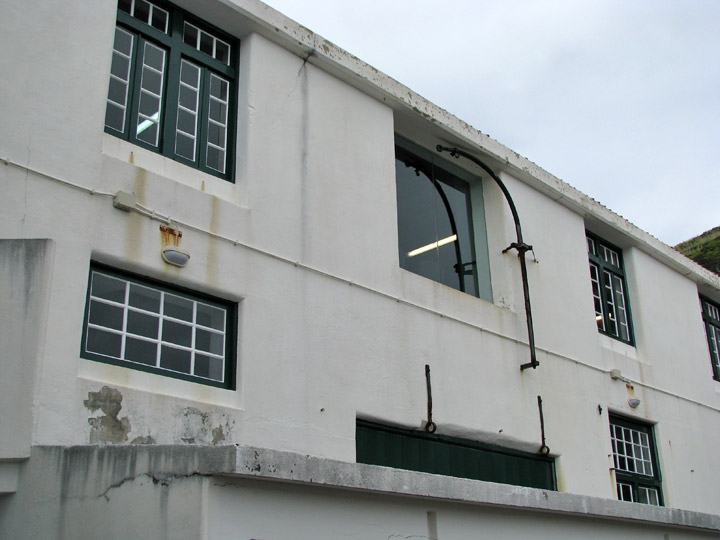
stripped blubber passed into the upper story
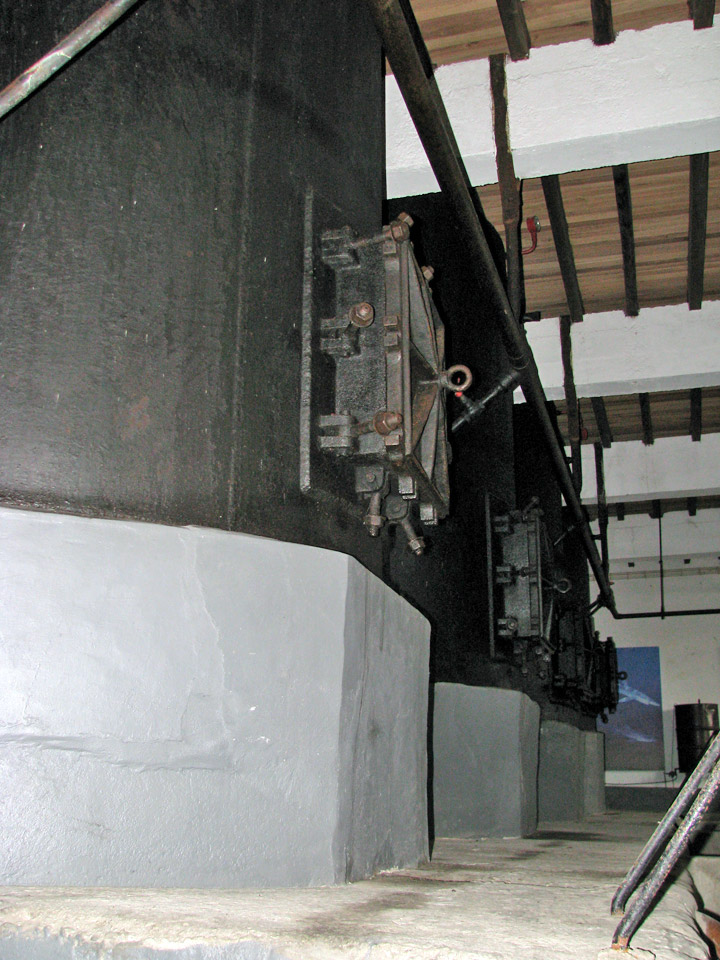
and into the boilers

the furnace
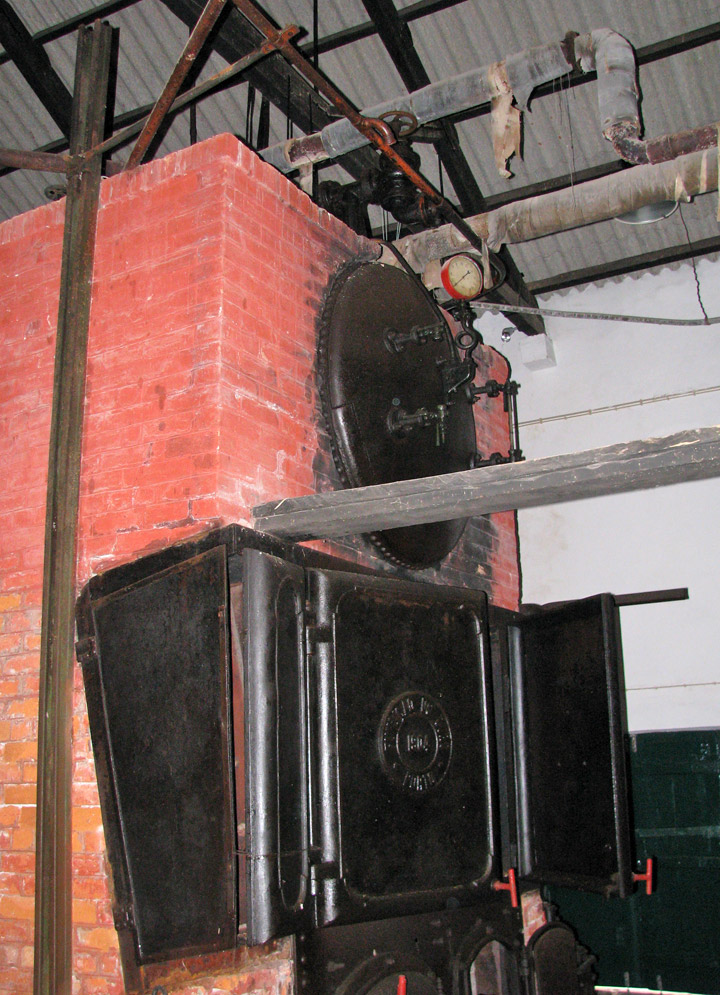
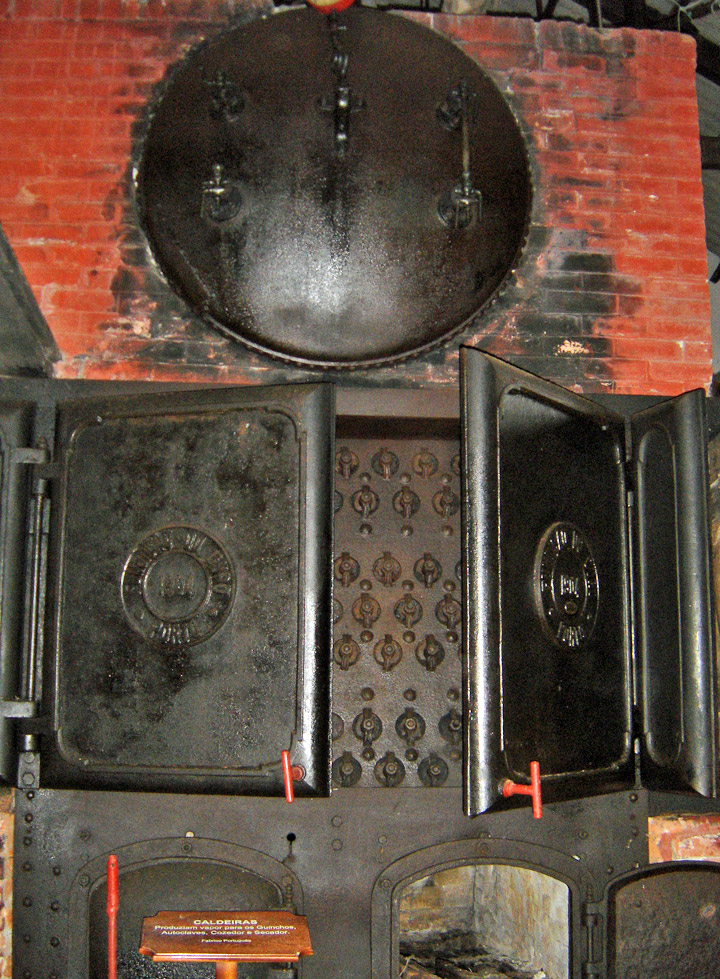
after heating the oil was separated and stored in tanks
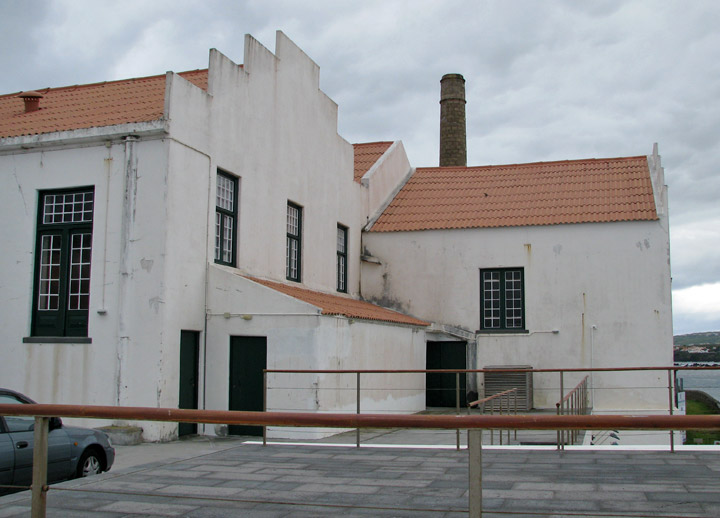
enlarged factory to process whale meat
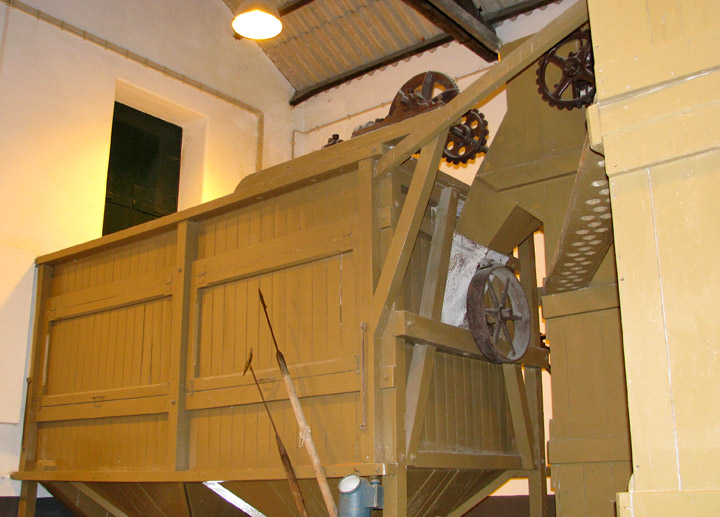
whale meat was placed in the hopper and fed to
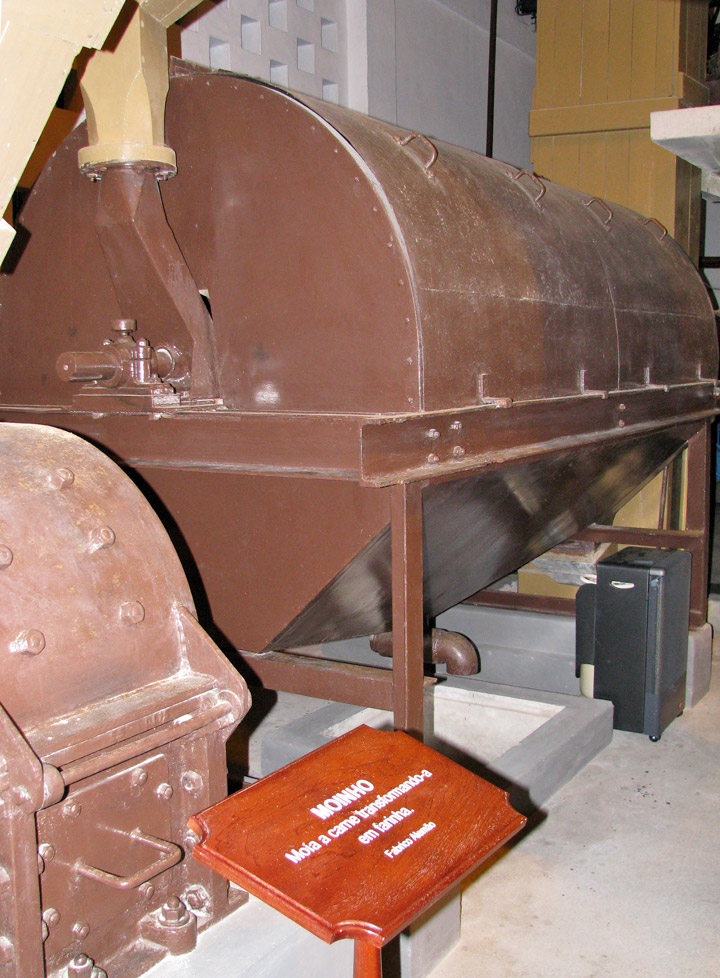
the grinder
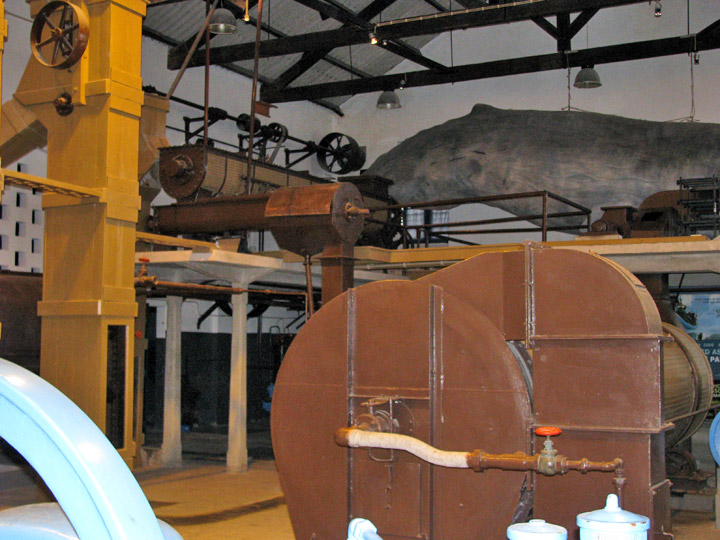
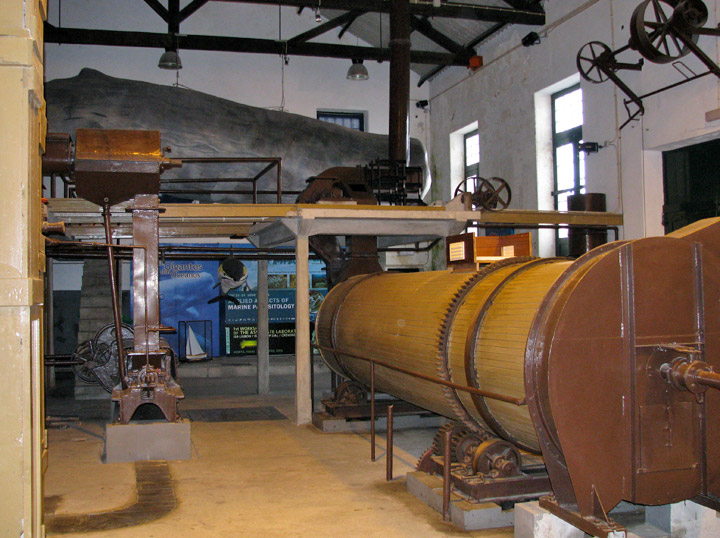
and dried before used as animal feed
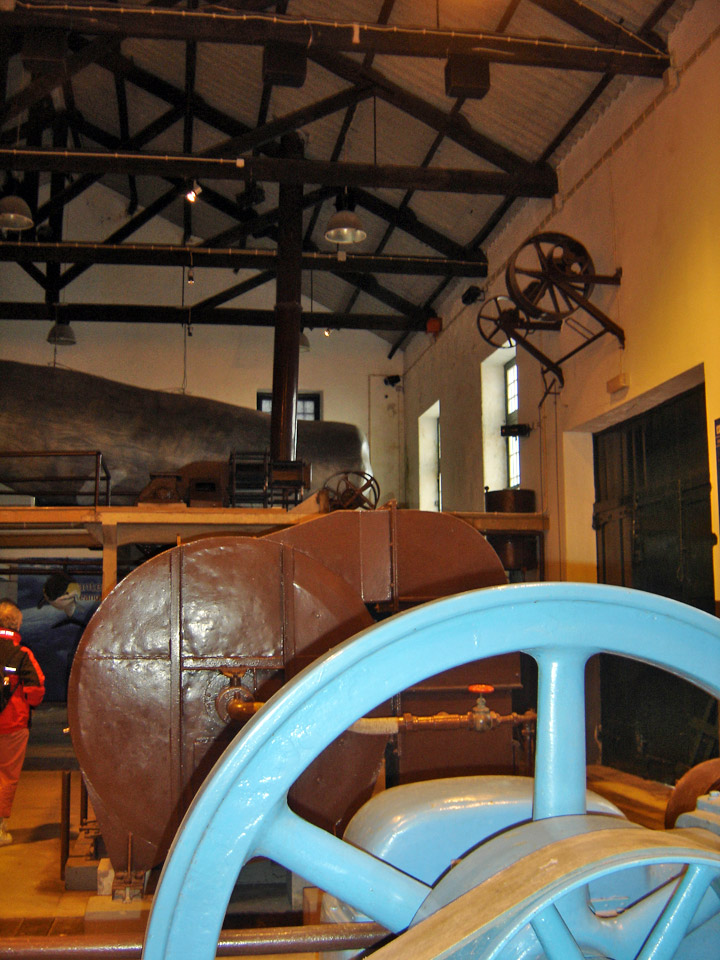
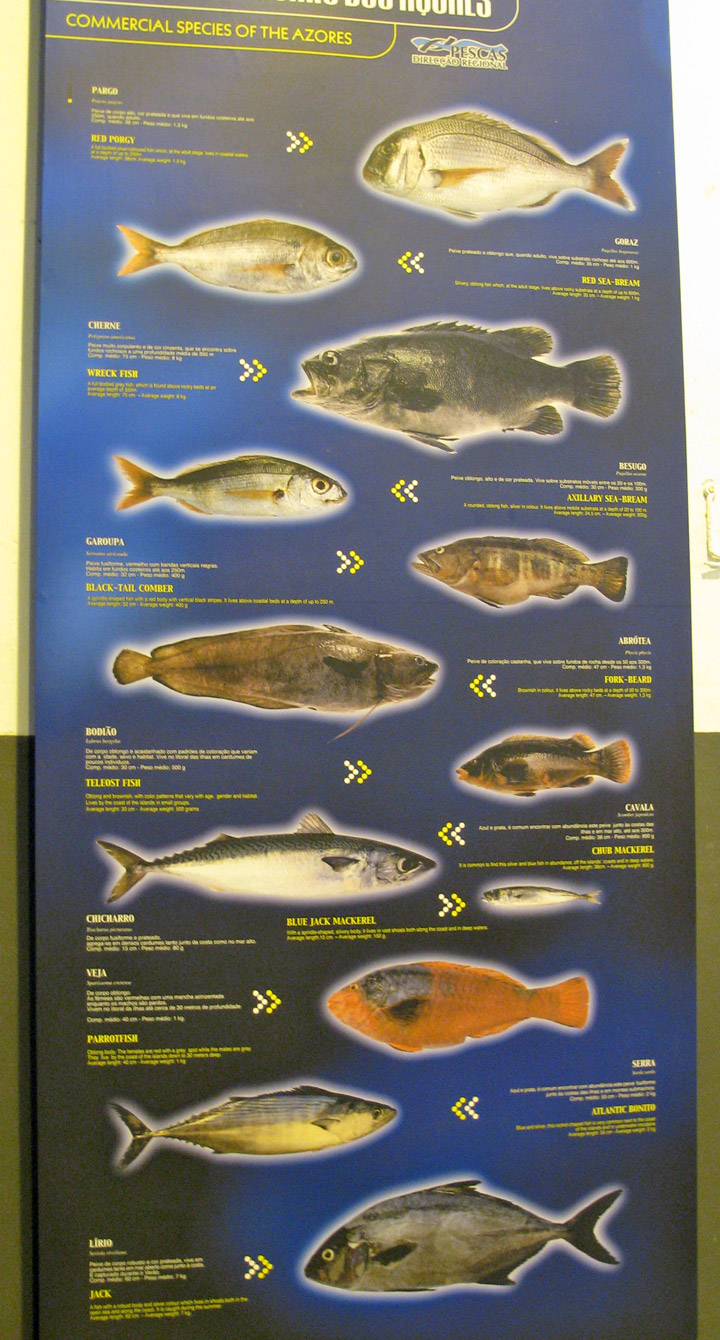
commercial fish of the Azores